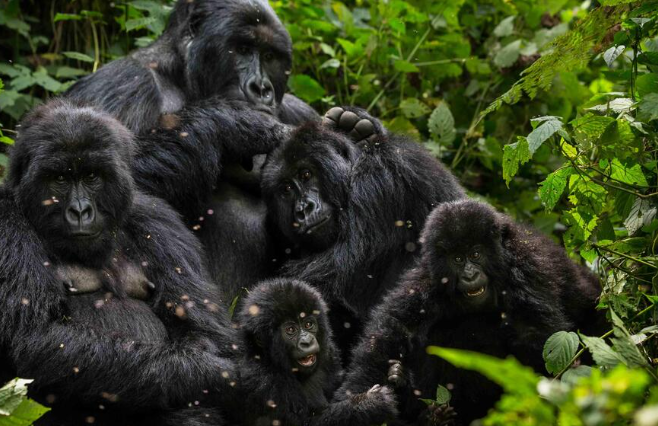How Do Gorillas React to Threats?
Understanding how gorillas react to threats is important not just for conservation efforts but also for enhancing our appreciation of these magnificent creatures. As the largest primates, gorillas exhibit fascinating behaviors that highlight their intelligence and social structures while informing researchers about their needs and vulnerabilities.
The Social Structure of Gorillas
Gorillas live in tightly-knit groups known as troops, typically led by a dominant male called a silverback. This leader plays a crucial role in protecting the troop from external threats. When faced with potential danger, such as predators or human encroachment, the silverback will often display assertive behaviors, such as chest-beating or vocalizations, to assert dominance and signal the troops that a threat is present. This social structure not only helps protect the group but also reinforces bonds among members, showcasing their cooperative instincts and communal living patterns.
Physical Displays and Communication
Gorillas use various physical displays and vocalizations to communicate their discomfort or show that they are ready to defend themselves. When feeling threatened, they might pound their chests, produce deep growls, or even emit sharp barks to intimidate potential threats. These behaviors serve as warnings, often deterring aggressors without the need for physical confrontation. Interestingly, while gorillas can be fierce when required, they generally prefer to avoid conflict and will often retreat to safety if the threat can be managed without violence.
The Role of Habitat and Human Interaction
Habitat plays a significant role in how gorillas react to threats. In areas where human interaction is prevalent, such as eco-tourism sites, gorillas have been observed behaving differently than in more remote locations. They might display signs of stress in response to human presence, such as fleeing or hiding. Conservation efforts must take these behavioral changes into account, emphasizing the importance of minimizing human impact on their habitats to foster a safer environment for gorillas. Understanding these nuances can improve both their well-being and conservation effectiveness.
Conclusion
Gorillas are remarkable creatures whose reactions to threats reveal crucial insights into their social dynamics, communication methods, and adaptations to changing environments. By learning more about how these animals navigate dangers, we not only gain a deeper appreciation for their intelligence but also become better advocates for their conservation. Interested in discovering more about the fascinating world of gorillas? Dive into further studies and stay informed about conservation efforts that make a difference!

